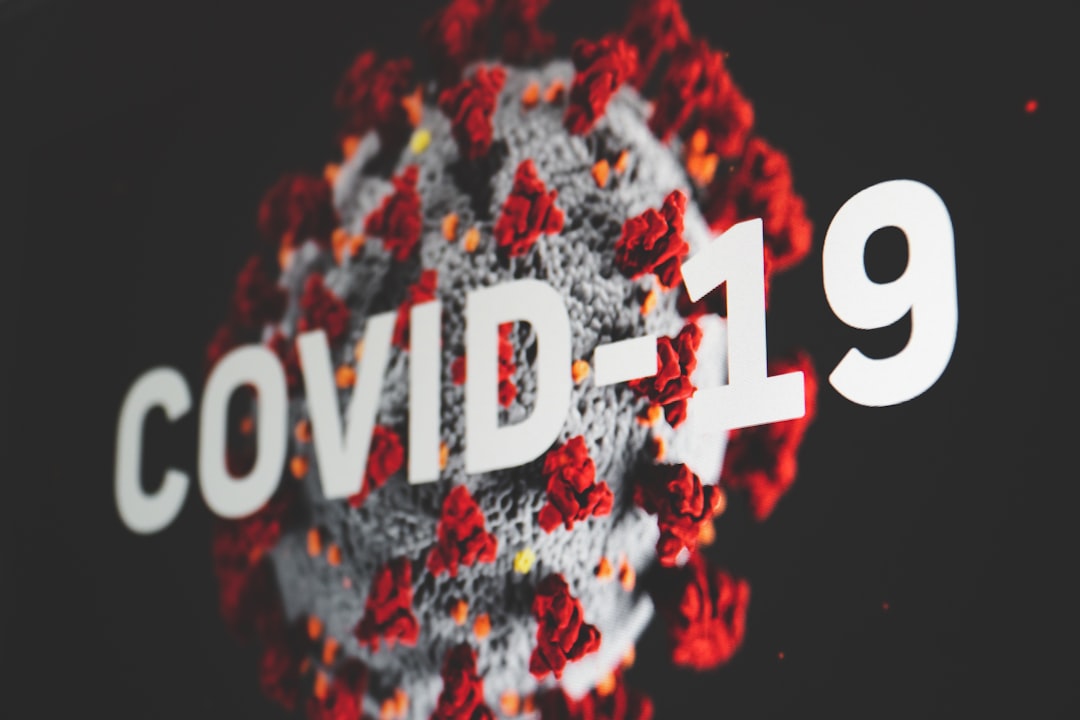What is it about?
The Earth’s surface cools by the turbulent exchange of heat and moisture from the surface to the atmosphere. These processes are inherently complex and generally estimated using semi-empirical equations. We provide an alternative physical approach to describe these processes based on thermodynamics, by conceptualizing the surface-atmosphere system as a heat engine. We show that the atmosphere works as hard as it can, generating maximum power to maintain vertical motion. Implementing this approach using satellite-derived radiation datasets, we predicted surface temperatures and heat fluxes that match observations remarkably well. The implication is that the climatological variations in surface temperatures are predominantly shaped by radiation and thermodynamic limits.
Featured Image

Photo by Senning Luk on Unsplash
Why is it important?
We show that thermodynamics imposes a relevant constraint on surface-atmosphere exchange and substantially simplifies the inherent complexities associated with the involved processes. It highlights the importance of physical constraints in mediating the conditions of the land–atmosphere system, including its many interactions. It can further help to increase our understanding about the response of land–atmosphere fluxes to changes in land cover, their interactions with vegetation, and their sensitivity to global warming.
Perspectives
With my background in hydrology, I always thought of physical constraints as energy and water-mass balances alone. Working on thermodynamics gave me a new perspective on how important is “entropy” and “power” and how the Earth system works around it.
Sarosh Alam ghausi
Max-Planck-Gesellschaft zur Forderung der Wissenschaften
Read the Original
This page is a summary of: Radiative controls by clouds and thermodynamics shape surface temperatures and turbulent fluxes over land, Proceedings of the National Academy of Sciences, July 2023, Proceedings of the National Academy of Sciences,
DOI: 10.1073/pnas.2220400120.
You can read the full text:
Resources
Contributors
The following have contributed to this page










